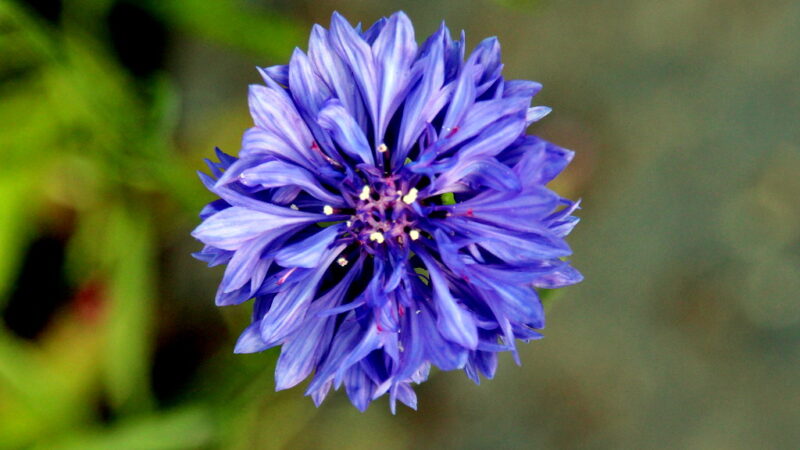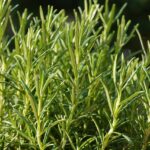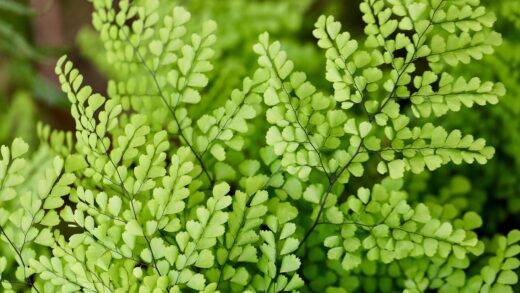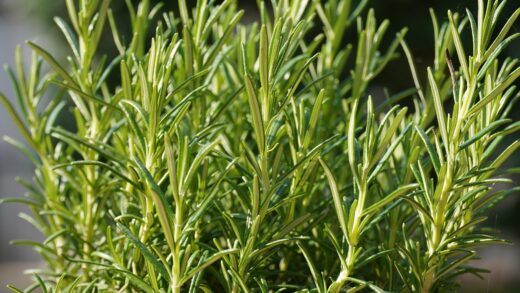Overwintering the cornflower

The strategy for overwintering cornflowers is fundamentally dictated by their life cycle as hardy annuals. Unlike perennial plants that live for multiple years, Centaurea cyanus completes its entire journey from seed to flower and back to seed within a single growing season. Therefore, overwintering the mature plant itself is not a viable practice. Instead, the focus of overwintering efforts shifts entirely to the preservation and proper handling of the seeds to ensure a successful crop in the following year. Understanding how to leverage the plant’s natural cycle is key to its continued presence in the garden.
The term “hardy annual” signifies that while the parent plant will perish with the onset of hard frosts, its seeds are capable of surviving cold winter temperatures. This resilience is a crucial aspect of its survival strategy in its native habitat. Gardeners can take advantage of this characteristic in two primary ways: by allowing the plants to self-sow naturally or by collecting and storing the seeds for a more controlled planting in the spring. Both methods are effective forms of “overwintering” the species, ensuring its return year after year.
Natural self-sowing is the most effortless method of overwintering cornflowers. To facilitate this, a number of flower heads must be left on the plants at the end of the season to mature and dry. As these seed heads ripen, they will naturally open and disperse their seeds onto the soil below. These seeds will then lie dormant in the soil throughout the winter. In the spring, as the soil warms, these overwintered seeds will germinate, creating a new generation of cornflower plants, often in dense and natural-looking drifts.
For gardeners who prefer a more curated and deliberate garden design, collecting and storing the seeds is the preferred approach. This method provides complete control over where the cornflowers will grow in the subsequent season. It also allows for the sharing of seeds and ensures that the genetic stock is preserved in case of unforeseen circumstances in the garden. The process of collecting, drying, and storing the seeds is a simple but vital horticultural skill that guarantees the future of the cornflower population in the garden.
Autumn sowing in mild climates
In regions that experience mild winters without prolonged periods of frozen ground, autumn sowing is an excellent overwintering strategy. This technique essentially mimics the plant’s natural self-sowing cycle but in a more controlled manner. By sowing the seeds directly into their final flowering positions in late summer or early autumn, the gardener gives the seeds a chance to germinate and establish a small, hardy rosette of leaves before the onset of winter dormancy.
More articles on this topic
The primary advantage of this method is that it gives the plants a significant head start on the following spring. The young plants, having already developed a robust root system during the autumn, will be poised for rapid growth as soon as the days begin to lengthen and the soil warms. This typically results in an earlier flowering period compared to spring-sown seeds, and the plants are often stronger and more floriferous due to their extended establishment phase.
The timing for autumn sowing is crucial. The seeds should be sown early enough to allow the seedlings to become established before the first hard frosts, but not so early that they put on excessive growth that could be damaged by winter weather. Generally, sowing about six to eight weeks before the first expected frost date is a reliable guideline. The preparation of the seedbed is the same as for spring sowing, requiring a fine, weed-free tilth to ensure good germination.
Throughout the winter, the small rosettes of foliage will require very little care. They are remarkably cold-hardy and can withstand frost and even light snow cover. They will remain largely dormant during the coldest months. It is important to ensure the planting site is well-drained, as waterlogged soil combined with cold temperatures is the greatest threat to the survival of these overwintering young plants. Come spring, these established plants will burst into growth, rewarding the gardener with an early and impressive display of blooms.
Seed collection and storage
For most gardeners, particularly those in colder climates, the most reliable method of overwintering cornflowers is by collecting and storing their seeds. This process begins in late summer as the flowers fade. It is advisable to select seeds from the healthiest and most vigorous plants that exhibited the most desirable characteristics, such as exceptional color or size. Allow the chosen flower heads to remain on the plant to dry and mature fully.
More articles on this topic
A seed head is ready for harvesting when it has become brown, dry, and brittle to the touch. It is best to collect them on a dry, sunny day to minimize the moisture content of the seeds from the outset. Using scissors or pruners, snip off the entire seed head with a short piece of stem attached. These can be collected in a paper bag or a dry container. Avoid using plastic bags, as they can trap moisture and lead to mold.
Once harvested, the seed heads need to be dried further to ensure their long-term viability. Spread them out on a screen or a tray in a single layer and place them in a warm, dry, and well-ventilated location away from direct sunlight for one to two weeks. Alternatively, the collected seed heads can be placed in a paper bag, which is then hung up in a suitable location. The seeds will naturally separate from the chaff as they dry completely.
After the drying process is complete, the seeds must be separated from the rest of the dried flower material. This can be done by gently crushing the seed heads and shaking or winnowing the mixture to separate the heavier seeds from the lighter chaff. The cleaned seeds should then be placed in a clearly labeled paper envelope or a small, airtight glass jar. The label should include the plant name and the date of collection. Store the container in a cool, dark, and dry place, such as a refrigerator or a cool cupboard, until it is time to sow them in the spring.
Garden cleanup and preparation
While the cornflower plants themselves do not survive the winter, proper garden cleanup at the end of the season is an important part of the overall overwintering strategy. Once the plants have been killed by a hard frost and any desired seeds have been collected, the remaining plant debris should be removed from the garden bed. This act of sanitation is crucial for preventing the overwintering of disease spores and pest eggs.
The dead plant material, including stems, leaves, and roots, should be pulled up and added to the compost pile. However, if the plants showed any signs of fungal diseases like powdery mildew or rust during the growing season, it is safer to dispose of this material in the trash or by burning, if permissible. Composting diseased plant matter can risk reintroducing the same pathogens back into the garden the following year when the compost is used.
After the bed has been cleared of all plant debris, it is an excellent time to prepare the soil for the next season. A layer of organic matter, such as compost or well-rotted manure, can be spread over the surface of the soil. This can be lightly forked into the top few centimeters or simply left on the surface to be incorporated naturally by soil organisms like earthworms over the winter. This practice improves soil structure, fertility, and water-holding capacity.
This autumn preparation gives the soil a chance to rest and be enriched over the winter months. It saves valuable time in the busy spring planting season and ensures that the soil will be in optimal condition for the next crop of cornflowers or other plants. A clean and well-prepared garden bed not only looks tidy but also represents a critical step in breaking the life cycles of pests and diseases, contributing to a healthier garden in the year to come.
Fotó forrása: Flickr / Szerző: yrjö jyske / Licence: CC BY 2.0


















